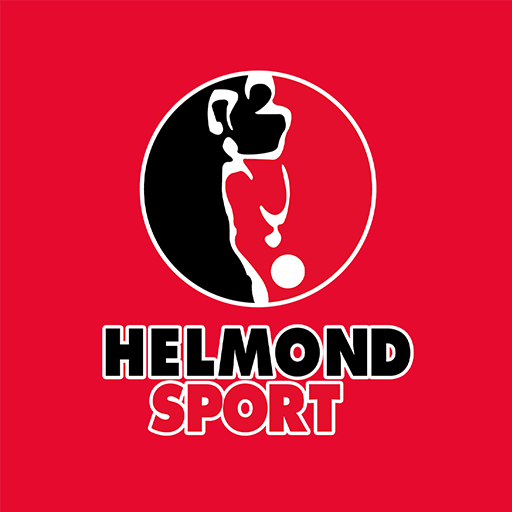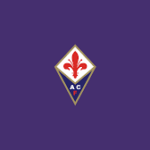The football club Helmond Sport FC stands as a significant pillar in Dutch football history, embodying resilience, community spirit, and sporting passion. Known for its dedicated fanbase and commitment to developing local talent, Helmond Sport FC has cultivated a rich legacy over the decades. This comprehensive article delves into the detailed history, recent scores, and latest news surrounding this historic club, providing readers with an extensive understanding of what makes Helmond Sport FC unique and noteworthy in the football world.
The Origins and Early History of Helmond Sport FC
Understanding Helmond Sport FC begins with exploring its roots and foundational years. Founded in the early 20th century, the club emerged from the vibrant local sports culture of Helmond, a city nestled in the southern Netherlands. Initially competing under different banners and in various amateur leagues, the club’s journey reflects a steady rise fueled by community support and a relentless desire for excellence XX88.
The Club’s Founding and Early Years
Helmond Sport FC was officially established in 1912, although the roots of organized football in Helmond date back even earlier. The club’s original purpose was to provide a platform for local youths and sports enthusiasts to engage in competitive football, fostering camaraderie and physical activity. In its nascent stages, the team participated in regional tournaments, often struggling against more established clubs but consistently demonstrating grit and determination.
During the first few decades, Helmond Sport FC operated primarily on a semi-professional basis. Its early matches were characterized by modest facilities and limited financial resources, typical of many grassroots clubs during that period. Despite these challenges, the club built a resilient foundation, emphasizing youth development and community involvement. This grassroots focus laid the groundwork for future growth and success.
Growth Through the Mid-20th Century
The post-World War II era marked a turning point for Helmond Sport FC. The club experienced increased organizational stability and began climbing through the tiers of Dutch amateur football. Its local reputation grew as it started to attract more talented players, some of whom would go on to influence Dutch football at larger scales.
During the 1960s, Helmond Sport FC transitioned into semi-professional status, reflecting the broader professionalization trend across European football. The club’s infrastructure was gradually upgraded, including the expansion of its stadium and training facilities. This period also saw the emergence of influential figures—players, coaches, and administrators—who contributed to the club’s evolving identity.
Moving Towards Professionalism
The late 20th century heralded a new chapter as Helmond Sport FC aimed at progressing into the professional leagues. Achieving promotion into the Eerste Divisie (second tier of Dutch football) was a milestone that required strategic planning, investment, and cultivating a competitive squad. The club invested heavily in scouting local talent and fostering youth academies, recognizing that sustainable success depended on nurturing homegrown players.
Noteworthy moments in this era include close battles for promotion, significant victories against rival clubs, and establishing a loyal supporter base that continues to root for the team passionately. The club’s commitment to community and resilience helped it grow from a small local team into a respected name on the Dutch football map.
Summary
In summary, Helmond Sport FC origins are rooted in community-driven efforts and gradual growth through dedication to amateur and semi-professional levels. Its evolution towards professionalism embodies resilience, strategic planning, and an unwavering connection with its supporters. As we explore further, the club’s modern history and achievements will be examined in detail, illustrating how it continues to be a vital part of Dutch football.


